Over the last several years trial balloons have been released suggesting that the industry’s best interests would be served by a merger of its two major trade organizations the Manufactured Housing Institute (MHI) and the Manufactured Housing Association for Regulatory Reform (MHARR). MHI serves as a trade organization for all of the major segments of the industry. Those segments (manufacturers, suppliers, communities, retailers and lenders) are represented within MHI by their own specialized division. In contrast, MHARR makes their position absolutely clear that their mission is to protect specifically manufacturers from an over reaching federal bureaucracy in the area of regulatory issues.
My position has been consistent over that same time frame that a merger of MHI and MHARR would not be a good idea for the industry. On a couple of occasions that position was incorrectly interpreted as criticism of MHI. My point instead has been that because of MHI’s role of being an overall industry trade (manufacturers, suppliers, communities, retailers and lenders) organization, taking a very aggressive role in the area of regulatory reform can be a difficult role to fill. On the other hand, MHARR makes no apologies for its repeated efforts to rein in a federal agency that is continuing to take positions and implement new regulations that will have significant cost impacts on our product with unsubstantiated benefits. As the chief executive of MHARR, Danny Ghorbani has been relentless in pursuing that mission. While he would like to be able to operate in concert with HUD, the federal agency that oversees our industry, he is not concerned about remaining pals with HUD if HUD is not functioning within the bounds of current statues.
Recently a proposal has been floated for communities to form their own organization to the point of eliminating MHI. A review of MHI’s current action list should provide a reasonably quick conclusion that one would have little confidence in the ability of a newly formed communities trade organization to accomplish even a fraction of the items on the list absent MHI. Communities (and retailers) should feel free to establish a separate trade organization if they desire to see more focus on the needs of their segment of the industry. That representation can be organized and still lend a voice to the overall trade organization as needed. As a retailer I certainly feel at times that MHI’s role is dominated by the interests of manufacturers. My solution, if so motivated, would be to establish a retail equivalent of MHARR. A retail trade organization that would then be focused on issues facing retailers. I believe that could be possible without establishing a goal of destroying MHI.
While I am not in favor of dismantling MHI, I will concede that I disagree strongly with MHI’s recent capitulation in regard to the preemption of fire sprinklers as they relate to the HUD Code and the activities and positions of the Manufactured Housing Consensus Committee. MHARR’s position was statutorily correct and should have been backed by MHI rather than be undermined. Over a period of twenty years or so of my relationship with MHI, this issue does not mark my first disagreement with them and I have certainly never called for their dissolution due to any of those disagreements. MHI has the capacity and the history to be a very effective voice for the industry. We should work within the organization to address those areas where we disagree.
Douglas Gorman

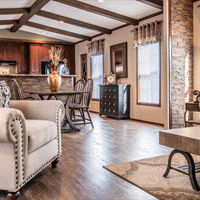

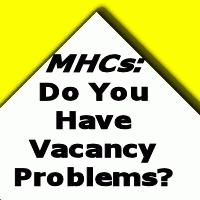
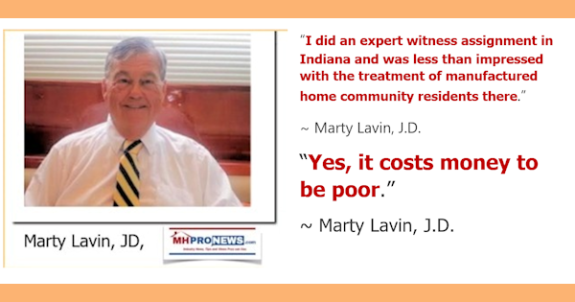
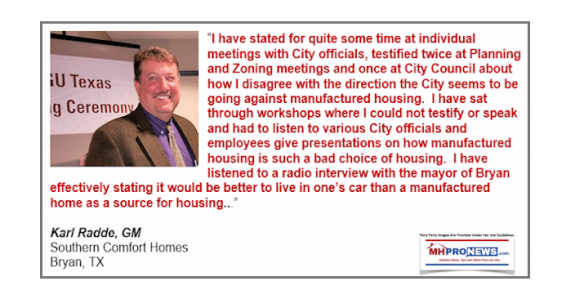
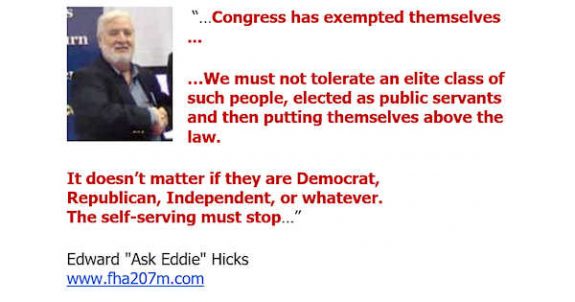
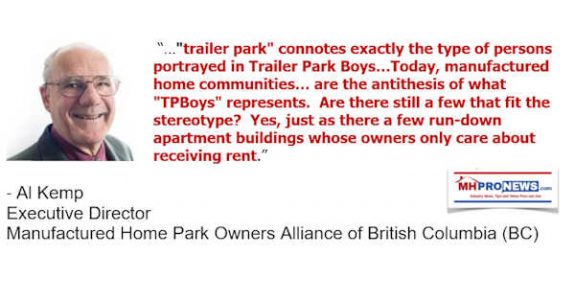
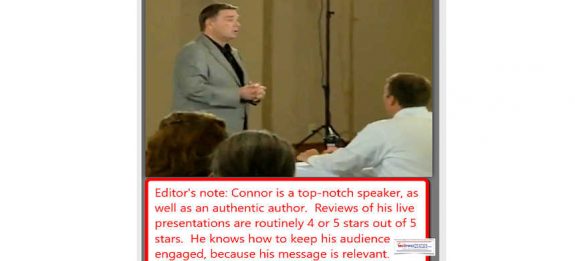
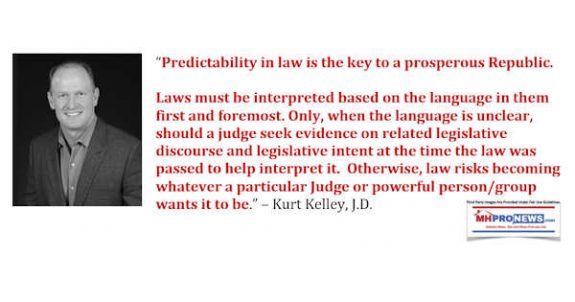
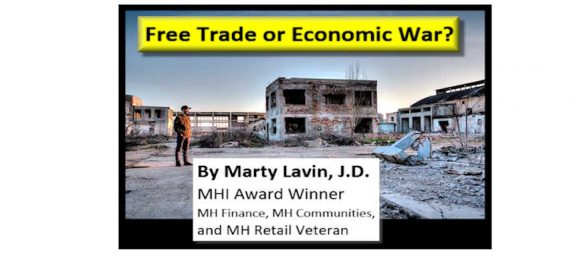
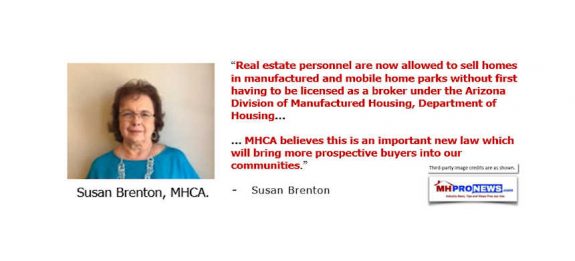
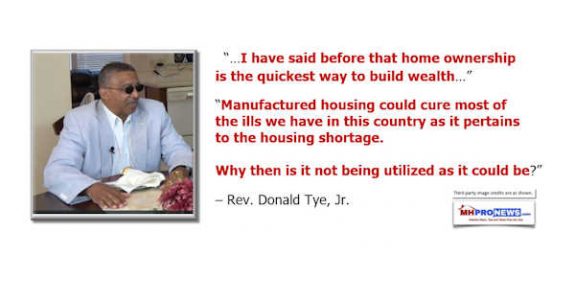
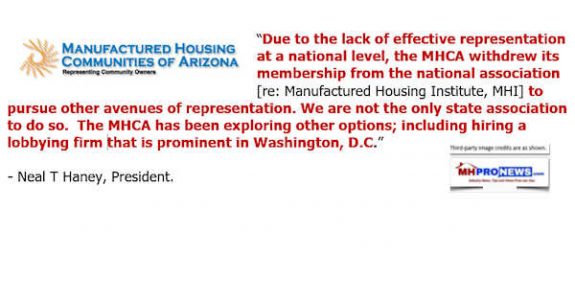
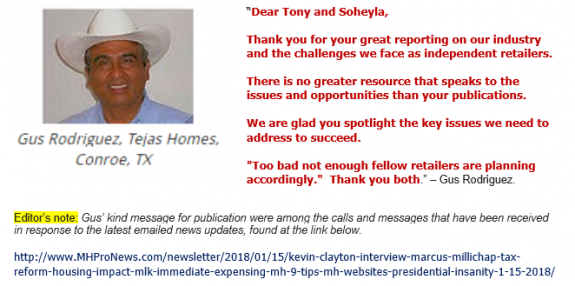
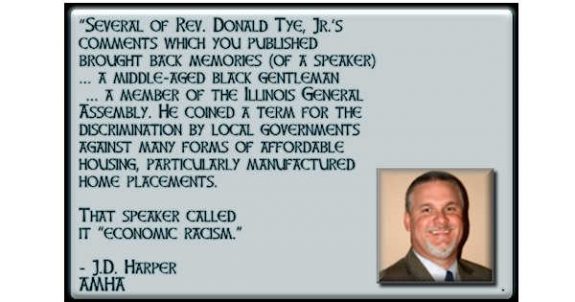
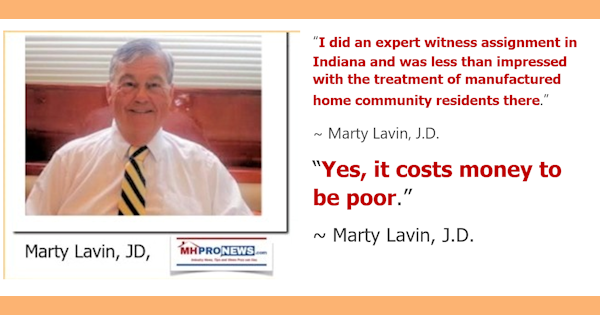
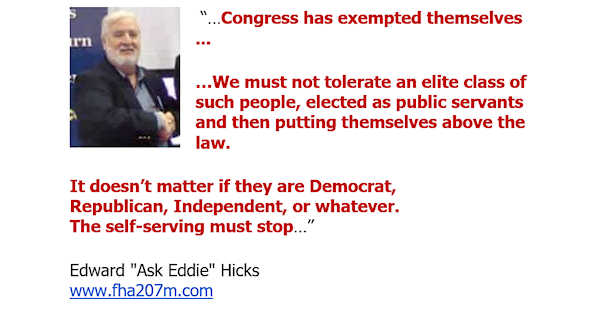
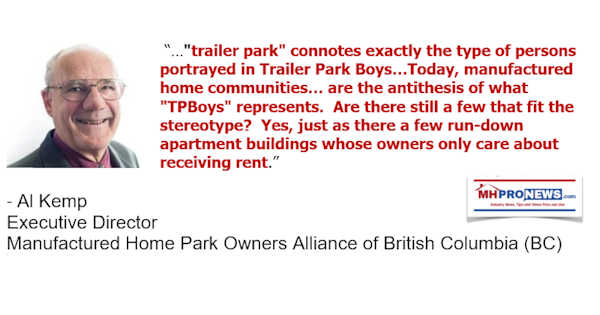
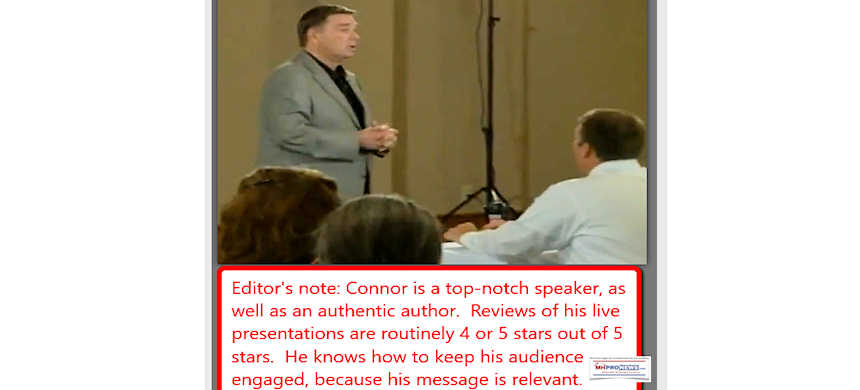
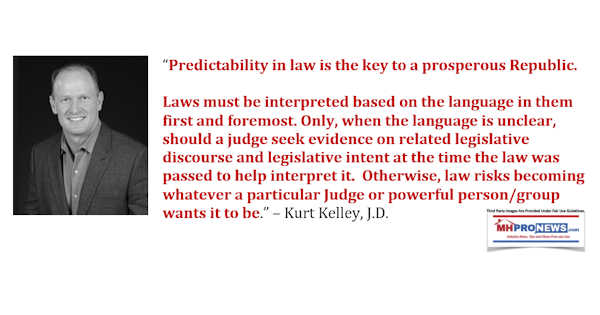
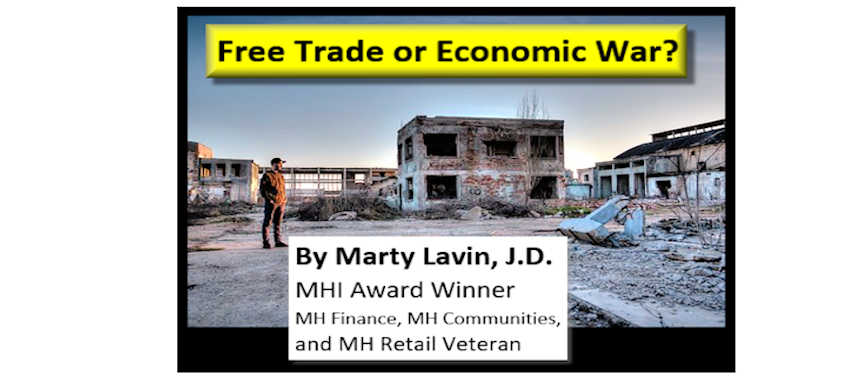
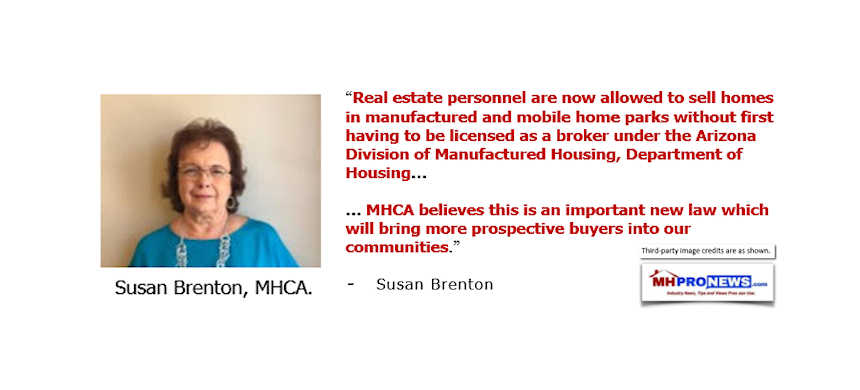
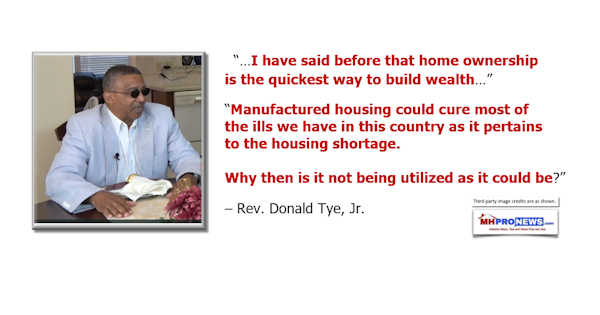
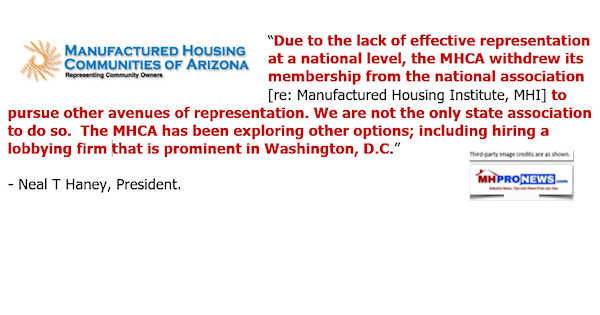
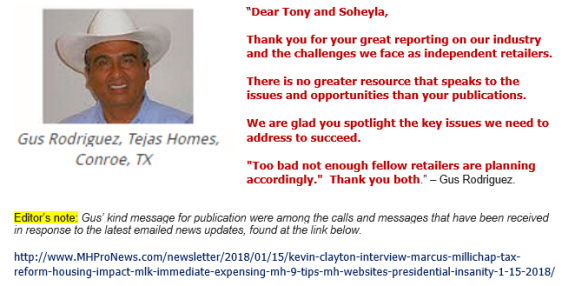
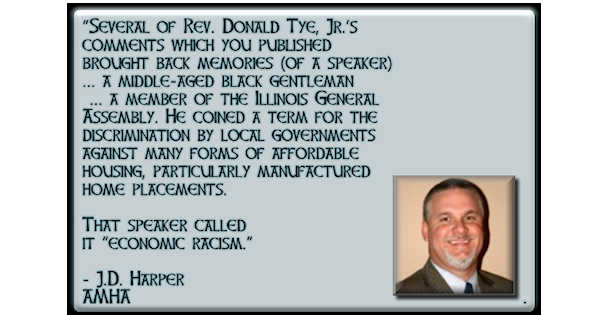
Karl Radde – TMHA, MHI, Southern Comfort Homes – Addressing Bryan City Leaders, Letter on Proposed Manufactured Home Ban
To All Concerned [Bryan City Officials, Others]: As the retail location referenced by Mr. Inderman, I would like to take a moment to address the …